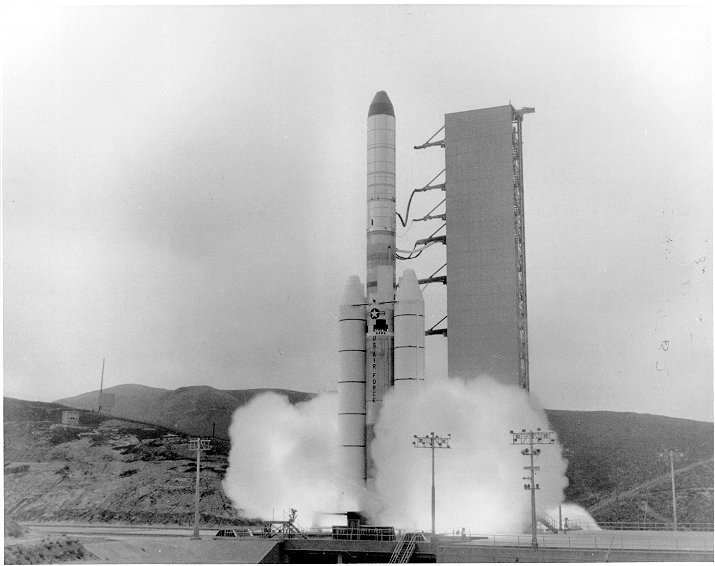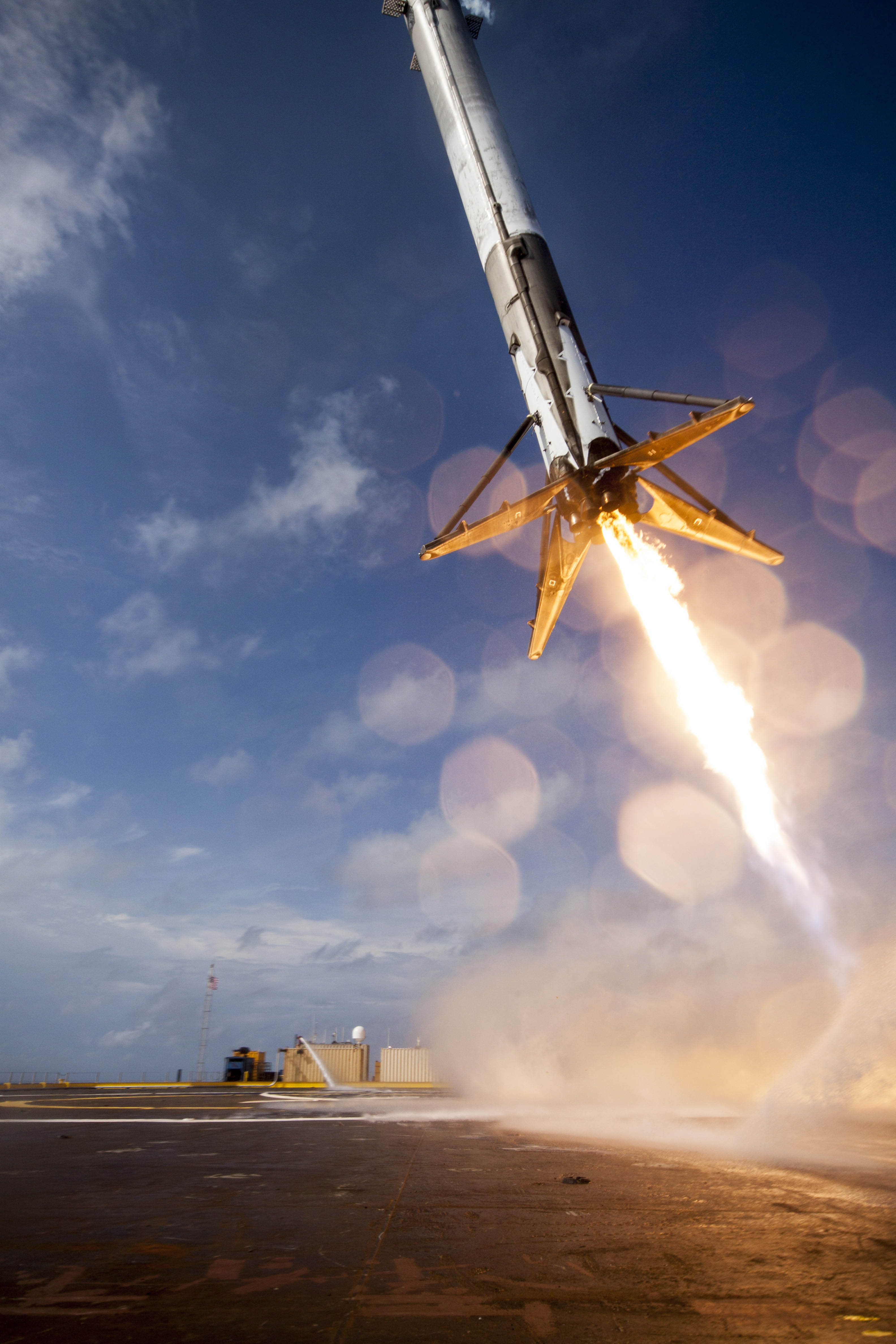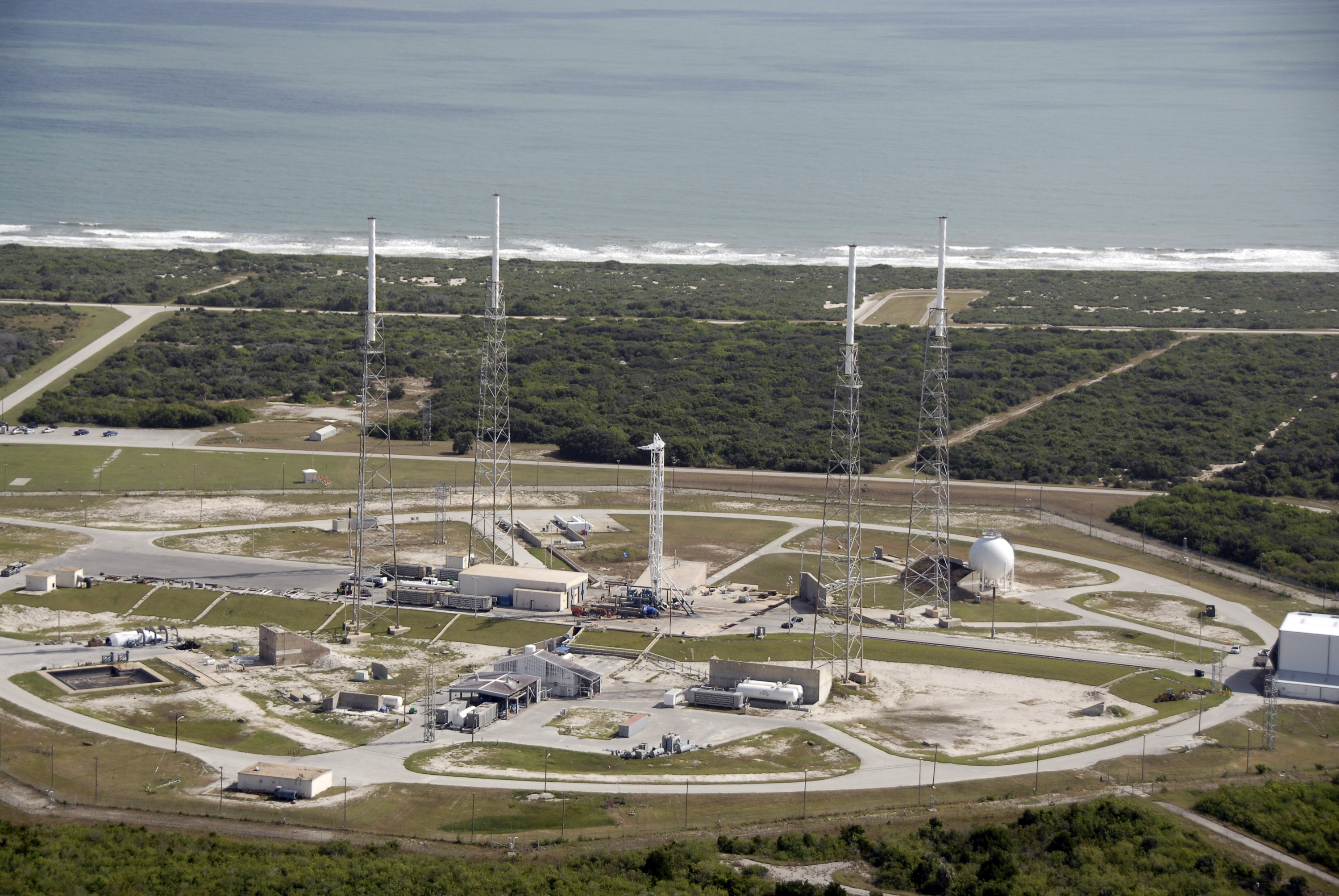|
SpaceX Landing Zones
SpaceX routinely lands boosters of its Falcon 9 and Falcon Heavy rockets, either on a landing zone on the ground or on a drone ship. SpaceX landing zones are: * SpaceX Landing Complex 1 (LC-1), USSF Cape Canaveral Space Force Station, Space Coast, Florida, USA ** SpaceX Landing Zone 1 (LZ-1) ** SpaceX Landing Zone 2 (LZ-2) * SpaceX Landing Zone 4 (LZ-4), USSF Vandenberg Space Force Base, California, USA See also * Autonomous spaceport drone ship (SpaceX ASDS) * SpaceX launch facilities * Floating landing platform * Landing zone In military terminology a landing zone (LZ) is an area where aircraft can land. In the United States military, a landing zone is the actual point where aircraft, especially helicopters, land (equivalent to the commonwealth landing point.)The Han ... {{SIA SpaceX facilities ... [...More Info...] [...Related Items...] OR: [Wikipedia] [Google] [Baidu] |
Autonomous Spaceport Droneship
An autonomous spaceport drone ship (ASDS) is a modified ocean-going barge developed by SpaceX and equipped with propulsion systems to maintain precise position and a large landing platform. They were developed to recover the first stage (also called the booster) of its launch vehicles. By recovering and reusing these boosters, SpaceX has significantly reduced the cost of space launch. SpaceX operates three ASDS: ''Just Read the Instructions (II)'' (JRTI), ''A Shortfall of Gravitas'' (ASOG), and ''Of Course I Still Love You'' (OCISLY). JRTI and ASOG operate from Port Canaveral supporting launches from Kennedy Space Center and Cape Canaveral Space Force Station landing in the Atlantic Ocean, while OCISLY operates from the Port of Long Beach supporting launches from Vandenberg Space Force Base landing in the Pacific Ocean. Depending on mission requirements, SpaceX can return the booster to the launch site for a ground landing, land the booster at sea on an ASDS, or discard it. ... [...More Info...] [...Related Items...] OR: [Wikipedia] [Google] [Baidu] |
Falcon 9
Falcon 9 is a Reusable launch system#Partial reusable launch systems, partially reusable, two-stage-to-orbit, medium-lift launch vehicle designed and manufactured in the United States by SpaceX. The first Falcon 9 launch was on June 4, 2010, and the first commercial resupply mission to the International Space Station (ISS) launched on October 8, 2012. In 2020, it became the first commercial rocket to launch humans to orbit. The Falcon 9 has been noted for its reliability and high launch cadence, with successful launches, two in-flight failures, one partial failure and one pre-flight destruction. It is the most-launched American orbital rocket in history. The rocket has two-stage-to-orbit, two stages. The first (booster) stage carries the second stage and payload to a predetermined speed and altitude, after which the second stage accelerates the payload to its target orbit. The Booster (rocketry), booster is capable of Vertical takeoff, vertical landing, landing vertically to fa ... [...More Info...] [...Related Items...] OR: [Wikipedia] [Google] [Baidu] |
Falcon Heavy
Falcon Heavy is a super heavy-lift launch vehicle with partial reusability that can carry cargo into Earth orbit and beyond. It is designed, manufactured and launched by American aerospace company SpaceX. The rocket consists of a center core on which two Falcon 9 boosters are attached, and a second stage on top of the center core. Falcon Heavy has the second highest payload capacity of any currently operational launch vehicle behind NASA's Space Launch System (SLS), and the fourth-highest capacity of any rocket to reach orbit, trailing behind the Space Launch System, SLS, Energia (rocket), Energia and the Saturn V. SpaceX conducted Falcon Heavy test flight, Falcon Heavy's maiden launch on 6 February 2018, at 20:45 Coordinated Universal Time, UTC. As a Boilerplate (spaceflight), dummy payload, the rocket carried Elon Musk's Tesla Roadster, a Tesla Roadster belonging to SpaceX founder Elon Musk, with a mannequin dubbed "Starman" in the driver's seat. The second Falcon Heavy laun ... [...More Info...] [...Related Items...] OR: [Wikipedia] [Google] [Baidu] |
SpaceX Landing Complex 1
Landing Zone 1 and Landing Zone 2, also known as LZ-1 and LZ-2 respectively, are landing facilities at Cape Canaveral Space Force Station used by SpaceX. They allow the company to land the first stage of its Falcon 9 rocket or the two side boosters of its Falcon Heavy rocket. The facilities were built on land leased in February 2015 on the site of Launch Complex 13. Landing Zone 1 saw its first use on 21 December 2015 when B1019 touched down during Falcon 9 flight 20. Landing Zone 2 was added ahead of the first Falcon Heavy test flight on 6 February 2018. During a Falcon Heavy launch, both LZs are used, allowing the two side boosters to land simultaneously. Site Landing Zones 1 and 2 are located at the location of Launch Complex 13, which has been demolished and replaced by two circular landing pads in diameter and marked with a stylized ''X'' from the SpaceX company logo. Four more diameter pads were initially planned to be built to support the simultaneous recovery of ad ... [...More Info...] [...Related Items...] OR: [Wikipedia] [Google] [Baidu] |
SpaceX Landing Zone 4
Space Launch Complex 4 (SLC-4) is a launch and landing site at Vandenberg Space Force Base, California, U.S. It has two pads, both of which are used by SpaceX for Falcon 9, one for launch operations, and the other as Landing Zone 4 (LZ-4) for SpaceX landings. The complex was previously used by Atlas and Titan rockets between 1963 and 2005. It consisted of two launch pads: Space Launch Complex 4 West (SLC-4W, formerly PALC-2-3) and Space Launch Complex 4 East (SLC-4E, formerly PALC-2-4). Both pads were built for use by Atlas-Agena rockets, but were later rebuilt to handle Titan rockets. The designation SLC-4 was applied at the time of the conversion to launch Titan launch vehicles. Both pads at Space Launch Complex 4 are currently leased by SpaceX. SLC-4E is leased as a launch site for the Falcon 9 rocket, which first flew from Vandenberg on 29 September 2013, following a 24-month refurbishment program which had started in early 2011. SpaceX began a five-year lease of Launch Co ... [...More Info...] [...Related Items...] OR: [Wikipedia] [Google] [Baidu] |
Autonomous Spaceport Drone Ship
An autonomous spaceport drone ship (ASDS) is a modified ocean-going barge developed by SpaceX and equipped with propulsion systems to maintain precise position and a large floating landing platform, landing platform. They were developed to recover the First stage (rocketry), first stage (also called the booster) of its SpaceX launch vehicles, launch vehicles. By recovering and reusing these boosters, SpaceX has significantly reduced the cost of space launch. SpaceX operates three ASDS: ''Just Read the Instructions (II)'' (JRTI), ''A Shortfall of Gravitas'' (ASOG), and ''Of Course I Still Love You'' (OCISLY). JRTI and ASOG operate from Port Canaveral supporting launches from John F. Kennedy Space Center, Kennedy Space Center and Cape Canaveral Space Force Station landing in the Atlantic Ocean, while OCISLY operates from the Port of Long Beach supporting launches from Vandenberg Space Force Base landing in the Pacific Ocean. Depending on mission requirements, SpaceX can Return ... [...More Info...] [...Related Items...] OR: [Wikipedia] [Google] [Baidu] |
SpaceX Launch Facilities
, SpaceX operates four launch facilities: Cape Canaveral Space Launch Complex 40 (SLC-40), Vandenberg Space Force Base Space Launch Complex 4E (SLC-4E), Kennedy Space Center Launch Complex 39A (LC-39A), and Brownsville South Texas Launch Site (Starbase). Space Launch Complex 40 was damaged in the AMOS-6 accident in September 2016 and repair work was completed by December 2017. SpaceX believes that they can optimize their launch operations, and reduce launch costs, by dividing their launch missions amongst these four launch facilities: LC-39A for NASA launches, SLC-40 for United States Space Force national security launches, SLC-4E for polar launches, and South Texas Launch Site for commercial launches. COO Gwynne Shotwell stated in 2014 that "we are expanding in all of our locations" and "you will end up seeing a lot of SpaceX launch sites in order to meet the future demand that we anticipate." , SpaceX discussed preliminary plans to launch an average of 90 rockets per year afte ... [...More Info...] [...Related Items...] OR: [Wikipedia] [Google] [Baidu] |
Floating Landing Platform
A floating launch vehicle operations platform is a marine vessel used for launch or landing operations of an orbital launch vehicle by a launch service provider: putting satellites into orbit around Earth or another celestial body, or recovering first-stage boosters from orbital-class flights by making a propulsive landing on the platform. In the early decades of spaceflight technology, all orbital launch vehicle operations were exclusively from land, and all booster stages were expended after a single use for nearly 60 years after the first orbital spaceflight, Sputnik 1. After the late 1990s and into the 2010s, new marine options for launch were built. Landing of orbital-class boosters began to be accomplished in 2015. More platforms, both for launch and landing, are currently in construction or planned. Suborbital rockets and ballistic missiles had been launched from marine platforms earlier than the 1990s, but are not the topic of this article. Platforms to date B ... [...More Info...] [...Related Items...] OR: [Wikipedia] [Google] [Baidu] |
Landing Zone
In military terminology a landing zone (LZ) is an area where aircraft can land. In the United States military, a landing zone is the actual point where aircraft, especially helicopters, land (equivalent to the commonwealth landing point.)The Handbook Of The SAS And Elite Forces. How The Professionals Fight And Win. Edited by Jon E. Lewis. p.289-Tactics And Techniques, Landings And Raids On Enemy Territory. Robinson Publishing Ltd 1997. ISBN 1-85487-675-9 In commonwealth militaries, a landing zone is the cartographic (numeric) zone in which the landing is going to take place (e.g., a valley). The landing area is the area in which the landing is going to take place (e.g., the field where the aircraft are to land). The landing point is the actual point on which aircraft are going to land (e.g., a point of the field). Each aircraft has a different landing point. Identifying an LZ from the air Landing areas are most commonly marked by colored smoke. The standard procedure is for troo ... [...More Info...] [...Related Items...] OR: [Wikipedia] [Google] [Baidu] |






